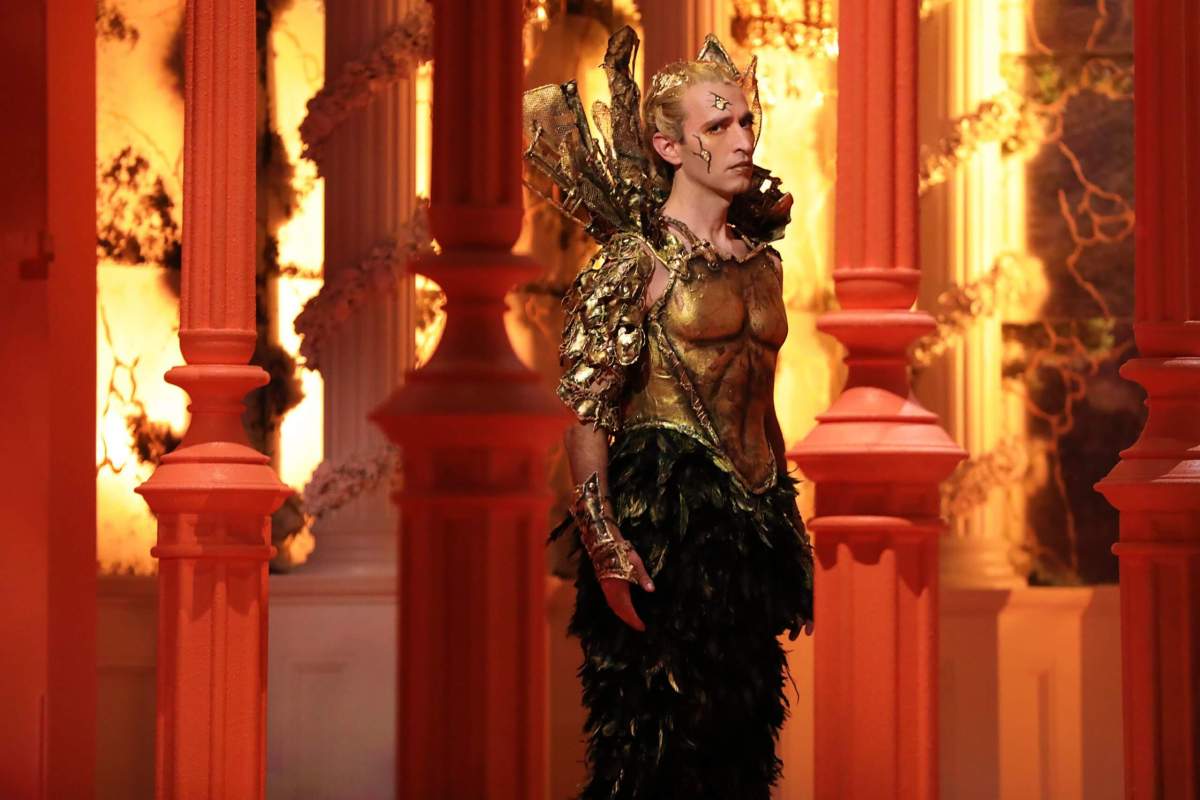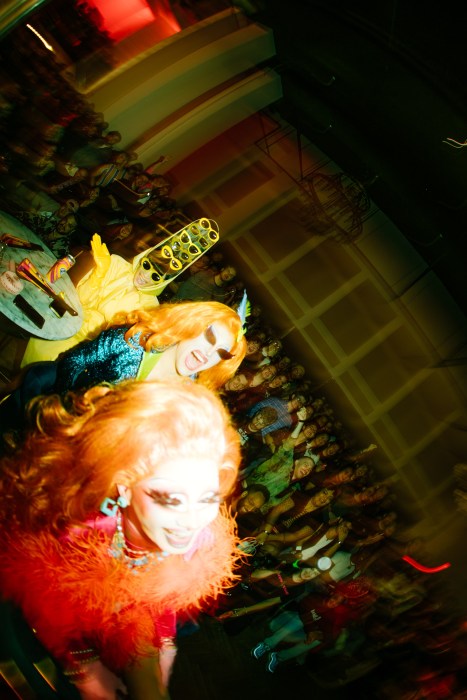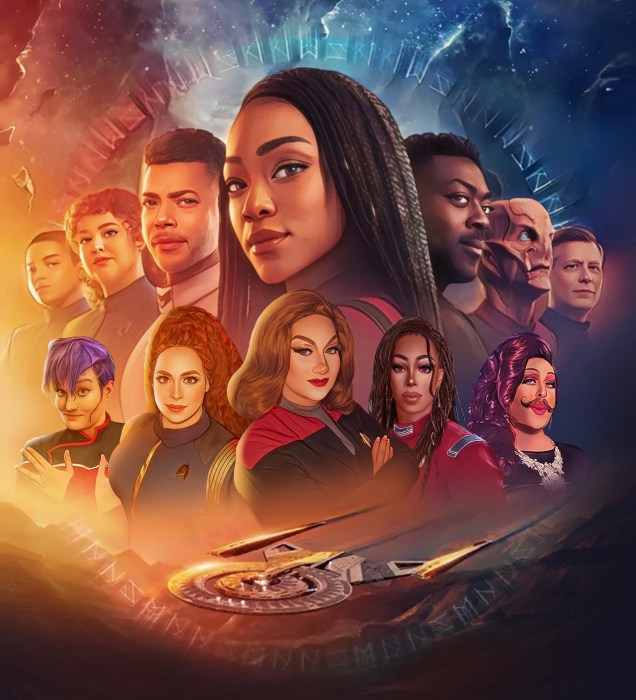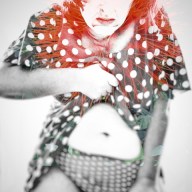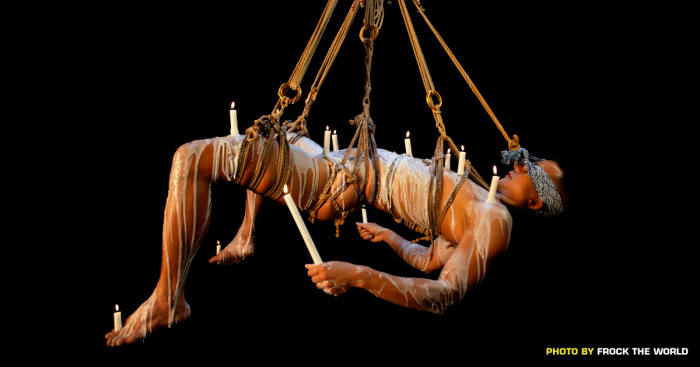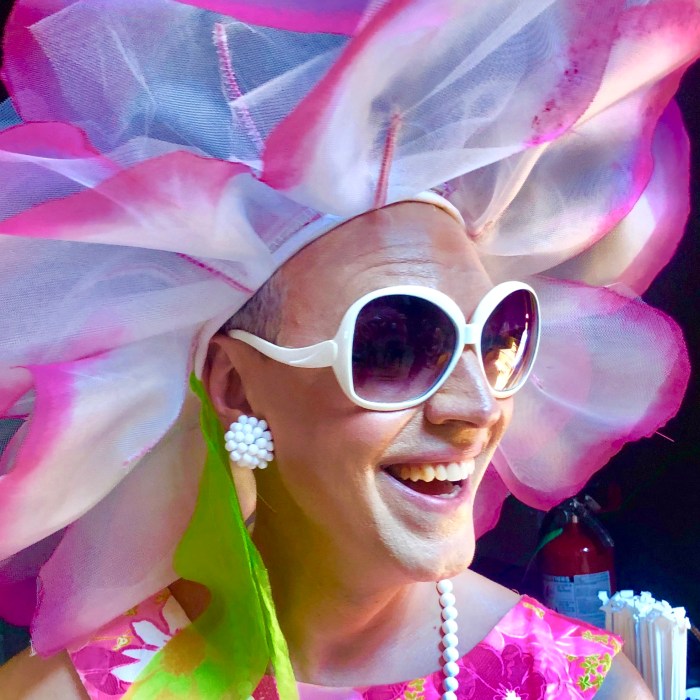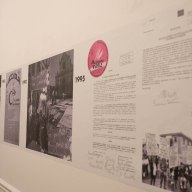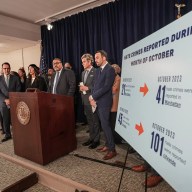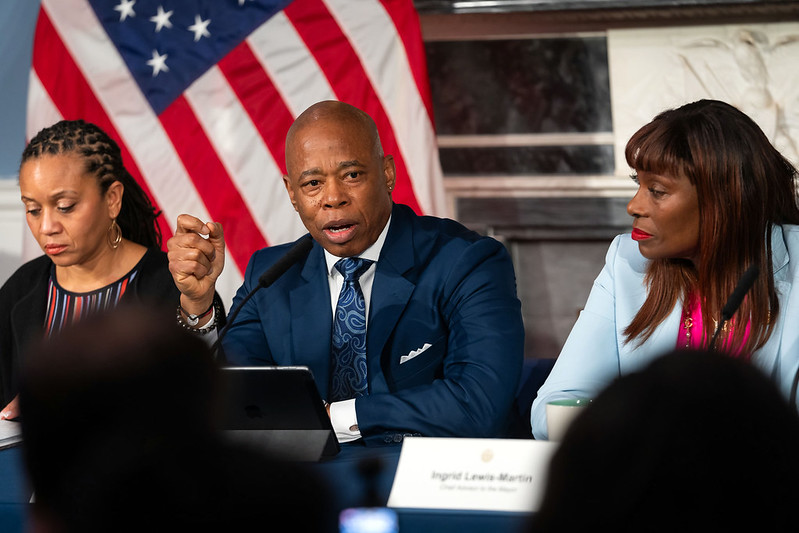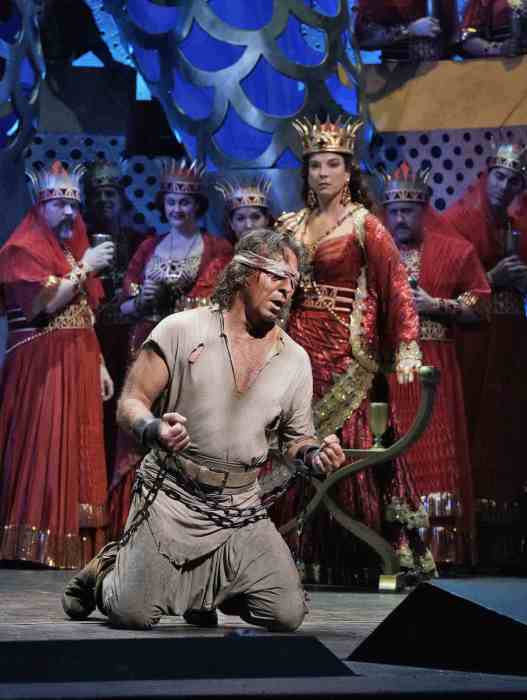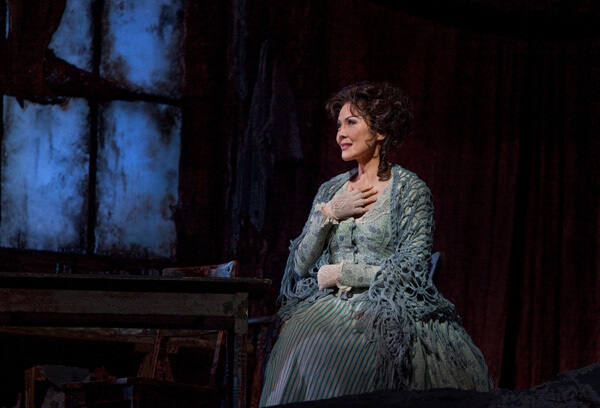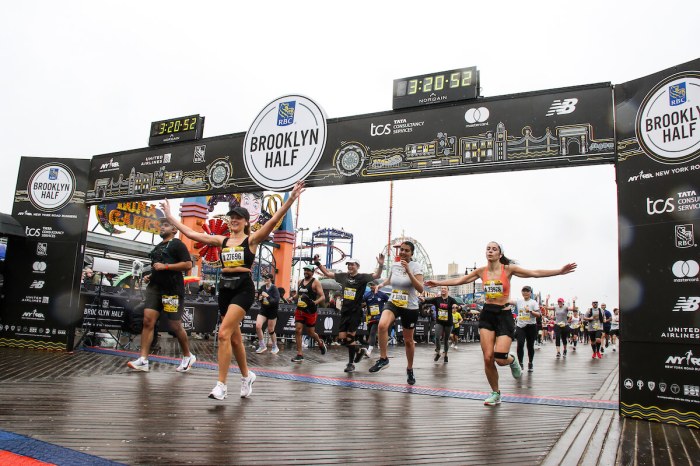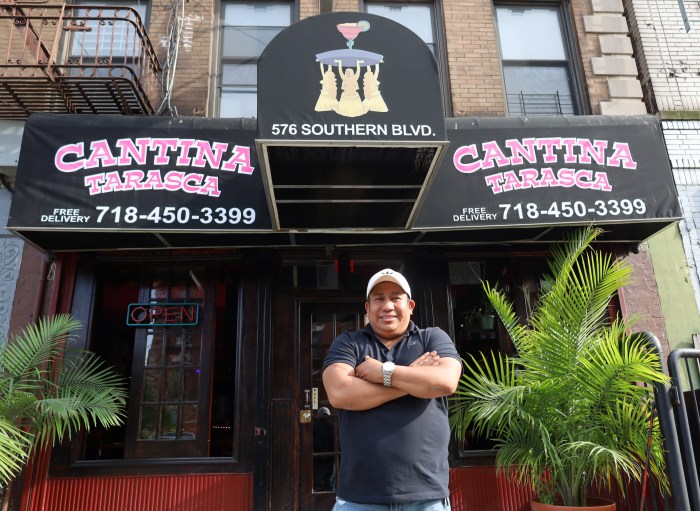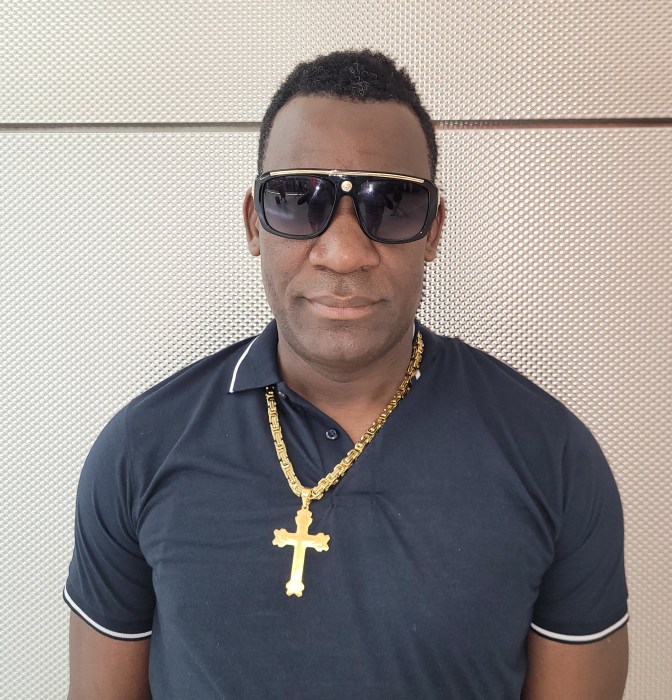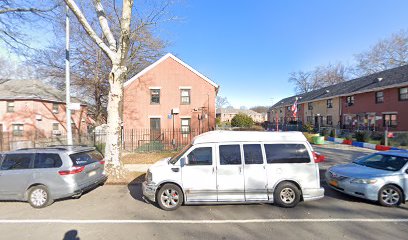Anthony Roth Costanzo may be opera’s ‘outest’ and most articulate star singer. With liberal psychologist academic parents, a past as a Broadway child performer, and with a featured movie role as a gay teen in “A Soldier’s Daughter Never Cries,” he never really had to come out. He jokes that in his gender-bendingly high voice category, the straight countertenors who must come out as such. A North Carolina native who has long lived in Manhattan, Costanzo has starred with New York City Opera, New York Philharmonic, and the Metropolitan Opera. Michael Urie could play the nimble, youthful and industrious Costanzo in some TV version, though the singer/producer — whose adept tap-dancing, crossover cabaret rep and utterly cool music video collaborations with people like Tilda Swinton — would probably do it himself.
Costanzo had a uniquely productive lockdown during the pandemic. This summer he debuted at Santa Fe Opera, headlining the world première of “The Lord of Cries,” with a gay team he admires — composer John Corigliano, librettist Mark Adamo and director James Darrah. Playing a mash-up of Dionysus and Dracula, his personal notices were superb. Beyond praising his singing, Fred Cohn wrote in Opera News: “He is opera’s reigning emblem of transgression. Costanzo has donned gender-bending robes for his environmental concert ‘Glass/Handel,’ and in ‘Akhnaten,’ glided across the stage naked and body-waxed.”
He has a rich local season slated, starting with joint performances at Brooklyn’s St. Ann’s Warehouse this week (through October 3) with cabaret legend Justin Vivian Bond, touring ahead of their new Nico Muhly-arranged Decca recording “Only an Octave Apart,” a January release. In March, Costanzo returns to the Met in his debut role, Unulfo in Handel’s “Rodelinda.” We Zoomed earlier this month.
GCN: How did you and Justin Vivian meet?
Years ago, a mutual friend told me I had to catch Viv’s act. I made a common mistake of young gays in their early 20s then (today is a very different time) in just not getting trans issues and assuming it would be a drag show. But after 30 seconds, I was totally transfixed by Viv — fully self-actualized and among the best, funniest and most compassionate performers I’ve ever seen. I stopped thinking, “What’s their gender?” After the show I proposed myself as a guest for the next week. Feeling pain after a break-up, I sang [Handel’s aria] “Pena tiranna.” Then we did “Summertime” as a duet and the audience went nuts: The combination of our voices and personalities really stoked something. As friends we’ve pondered doing a “Beverly Sills/Carol Burnett” type show; when my record company asked what I wanted to do next, we went to Bard to workshop an album and had the best time. In classical music today, it’s fine to be queer — unlike so many other communities in the city, where people are disowned entirely for coming out and have to forge a new family, which is what so many expressions of queer culture, like voguing, are about. I feel my artistic identity stems from that sense of queer community and it’s important to incorporate that into my work process. Classical material itself doesn’t often express that identity. Working with Viv and understanding their journey as a trans person, so well articulated, this project seems an expression of our queer identities: very joyful. A single called “Didos” dropped September 17, before St. Ann’s.
Tell us about your Philharmonic pandemic project.
I was walking around the fairly deserted New York masked, feeling — after all the streamed stuff — the need for live music. I had a Zoom drink with Deborah Borda [the Phil’s out, innovative President/CEO] and told her my idea of how to construct engagement with underserved communities throughout the city. The media mainly covered Bandwagon One, where we put Philharmonic performers on a pickup truck for 81 pop-up concerts in the neighborhoods. To get 75 non-Philharmonic ticket buyers stopping and listening to our music was moving and fun. I emceed, sometimes sang, and also built it: design, logistics, location scouting, permitting. In the spring, Deborah asked me to do another one; I felt that creating links with extant community groups was better than repeating the pop-ups. How could we take the Philharmonic’s resources, hand them to an organization, and say, “What do you want to do?” So with Bandwagon Two, we, for example, asked National Black Theatre in Harlem what they wanted to do, giving them a bigger (20-foot) truck, big screen and stage and paying all kinds of artists they wanted to program (including one Black queer filmmaker), not necessarily Philharmonic personnel. When they proposed a memorial service for a slam poet, we asked if they’d want a wind quintet to play music and they said yes — how about Nina Simone’s “Feeling Good.” So we commissioned an arrangement. That kind of partnership was very meaningful all around; we did 40 such events. My artist-in-residency with the Phil — meant to carry on these relationships — is very much about queer stuff. For countertenors the question is always: what is your authentic self? How you look, or how you sound, the expression of your soul in a register not perceived as masculine. There are my two winter concert groups: a differently contextualized program with Viv, moving from their theater sphere into my classical sphere… plus Berlioz’ “Nuits d’été“ where the texts and performance tradition cross gender lines in juxtaposition with Gregory Spears’ new cycle, setting some wonderful Tracy K. Smith texts. There will be other Phil programming, like an evening [February 4] with National Black Theatre and me celebrating the complexities of identity.
So…the Bisexual Vampire God of Wine?
Santa Fe was a great experience; John’s music is fantastic, very atmospheric. The piece works well, but we all needed more time to figure out how to do it. It needs some cuts — as most things do when they première. I liked Alex Ross’ review in the New Yorker, that really captured my experience of it and what was extraordinary in the music. There are talks to bring it to New York, it’s just a question of what we can mobilize.

